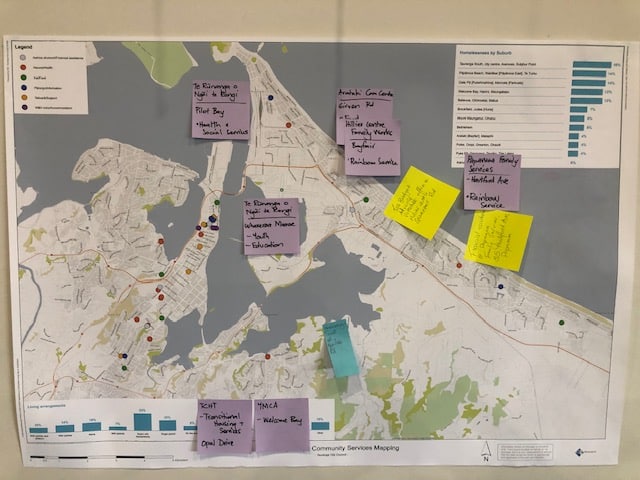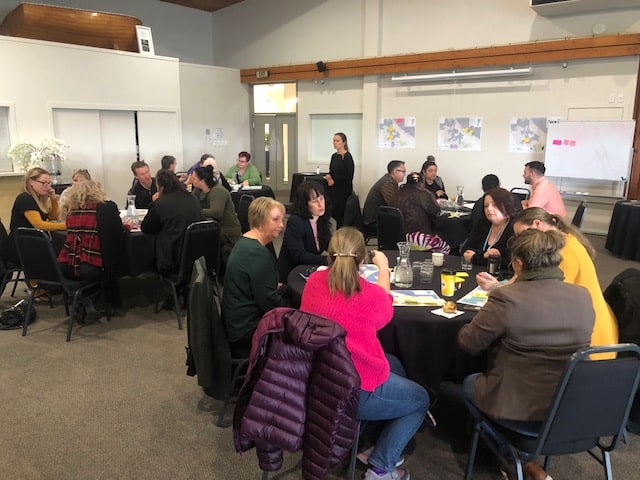Trades Training Centre
Veros is the project managers…
Tauranga, Western Bay of Plenty
Tauranga City Council
Tauranga
2020
Strategic Advisory
Feasibility Case Development
Stakeholder Workshops
Co-design
Project overview
Kāinga Tupu is a multi-agency homelessness strategy for the Western Bay of Plenty. The vision of Kāinga Tupu is that “homelessness in the Western Bay of Plenty is prevented where possible, or is rare, brief, and non-recurring”.
The strategy’s action plan is constructed around the following four workstreams:
Under the support workstream, Tauranga City Council was tasked with leading an investigation into the development of an integrated hub to support people who are homeless, provide resources to prevent homelessness, and centralise the delivery of wraparound support services.
Veros was engaged to refine the scope to best meet the needs of the community, provide detail on a preferred option, test the feasibility, and outline a way forward for the delivery and management of this facility.

We are extremely proud to be working on this project, creating a place that will play such an important role for those most in need in our community.
Adele Hadfield
Strategic Projects Director








Project outcomes
Our strategy team created a four-stage approach to deliver the feasibility study.
Stage One: Confirm the problems the project must respond to and the benefits the project must deliver.
Stage Two: Confirm the strategic context, the community, and the critical success factors of the project. The first two stages will help refine the scope of the project and develop a brief for the facility.
Stage Three: Define and evaluate a range of scenarios to identify preferred options for:
Stage Four: Provide evidence that the preferred option is the best way to respond to the problem and deliver the expected benefits.
We coordinated a series of co-design workshops with numerous funders, service providers, and organisations already collaborating to respond to homelessness and achieve the vision of Kāinga Tupu. This method meant the output was real, evidence-based, collaborative, and inclusive.
The first two stages were designed to help refine the scope of the project and develop a brief for the facility. The specific outputs of the project include:
James Village
Featured Projects
Veros is the project managers…
The Ōmanawa Falls project was…
The seismic upgrade and extension…
Veros was initially engaged by…
The Russell Park Masterplan developed…
The Waikato Housing Strategy, spearheaded…
The Veros brief was to…
This retail centre will cap…
Bourn Brook is a modern…
Marine Parade Coastal Pathway, a…
At first, Veros were engaged…
Veros were appointed as development…